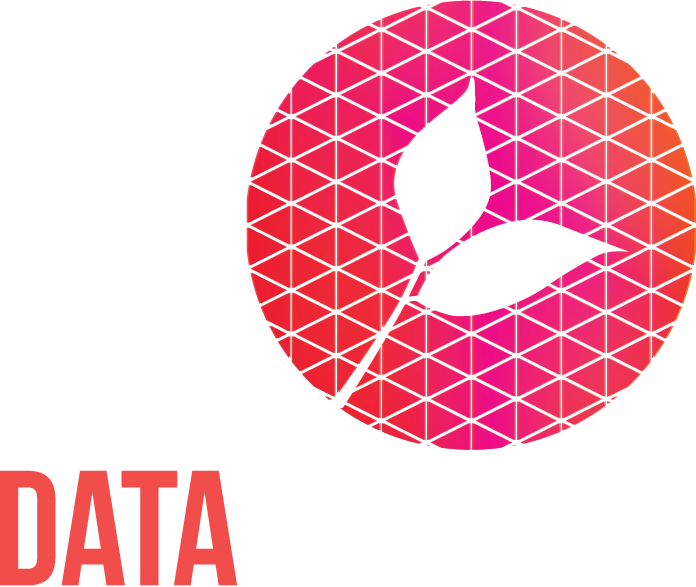Geographical data in nonprofit organisations
What we learned from our January Nonprofit datafolk club
On the second Thursday of every month, we host a free workshop for our ‘Nonprofit datafolk club’. This is a space where folks interested in data in nonprofits can come together, meet each other, and chat about a data-related topic.
Last month, the topic was ‘Using geographical data in nonprofits’, and we had a lovely bunch of data folk present ranging from data analysts, data scientists, maps designers, insight leads and ‘curious non-mappers’. You don’t have to be data expert to join the data folk club, just someone with an interest in using data better.
As is usual at our datafolk club workshops, we posed three broad questions for the group to discuss. This resulted in some fascinating conversations where people shared experiences, knowledge, and resources.
What geodata do you currently use? (if any)
We also asked, if you do not use geodata, why are you interested in it (or sceptical of it)?
Those that do use geodata relied on postcode data and administrative boundaries downloaded from the ONS. This allowed comparison between one area and others, for uses such as who has access to a particular service. Many people use open-source data (like from the census) and maps that are freely available, allowing them to investigate questions such as ‘How far do people need to travel to get care?’ and ‘What is the relationship between income deprivation and food bank usage?’.
PowerBI was mentioned several times, in conjunction with QGIS and ArcGIS to visualize geodata by showing points on maps, and sometimes creating heatmaps.
Those that do not use geodata expressed concerns around the fact that we are now in a ‘remote’ world, and often real life doesn’t fit into geographies. Also, complications come with trying to compare across nations, and knowing what geographical comparisons are appropriate.
How would you like to use geodata in your role? (And/or what are some great uses of geodata you have seen?)
Pre-warning that this question led to a LOT of cool resources being shared and you may find yourself down a rabbit hole or two when exploring…
One key aspect of geodata that people were keen to adopt is linking data. Whether this be via wikidata and other open datasets, with data from inside your organisation, or linking with external organisations.
Visualising geodata can be difficult and someone pointed out that often you need an analyst to pick out what is interesting or important about a map and explain it (rather than just creating an interactive map for people to explore). An example of this is when the ONS mapped inequality in the UK.
Someone suggested that they would like to experiment with ‘data sonification’ – and have music changing as you are walking around a town to reflect the location you are in/moving between. Related to this, someone shared this sonification of bird migrations and discussed how knowing the migration pattern of birds allows you to predict where they need to stop.
There were some brilliantly creative uses of geodata shared as sources of inspiration. Some use existing datasets, such as this noise pollution map of London. Others use geodata to create new data, such as Climate TRACE – who are working to build more accurate measurements of human emissions.
It was also highlighted that we need more beginner and entry level tools to allow people to explore the geodata they do have and make it easier to combine this data with large open data sets. Our friends at Superhighways shared their round up of accessible geo mapping tools.
What is holding you back from using geodata more (or at all)?
What makes geodata loved by so many (the complexity, and richness of the data) can also be what makes it sometimes challenging to use.
Skills came up as a major barrier to using geodata. Those without geodata skills expressed concern for making a mistake, and that sometimes having more skilled colleagues can put them off learning. Additionally, needing to see that mapping data can lead somewhere useful… hopefully the stream of examples that came out of the previous question helped with that!
In terms of the data itself, gaps in the data available was highlighted as an issue. In the environmental sector, there is a lack of historic data that prevents you from comparing to the past and viewing timeseries. Additionally, the changing nature of geodata can make things difficult. Boundaries and names of areas change, meaning it’s difficult to find ‘one truth’ and again, difficult to compare to the past.
Join the Nonprofit datafolk club
If you found this resource at all interesting, or if you have any curiosity in nonprofit data more generally, please come join us on the 2nd Thursday of every month at 1-2pm. Each month has a different topic, and you will be able to find the details on our events page.

